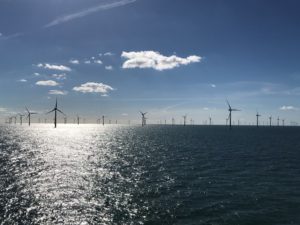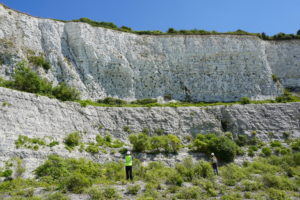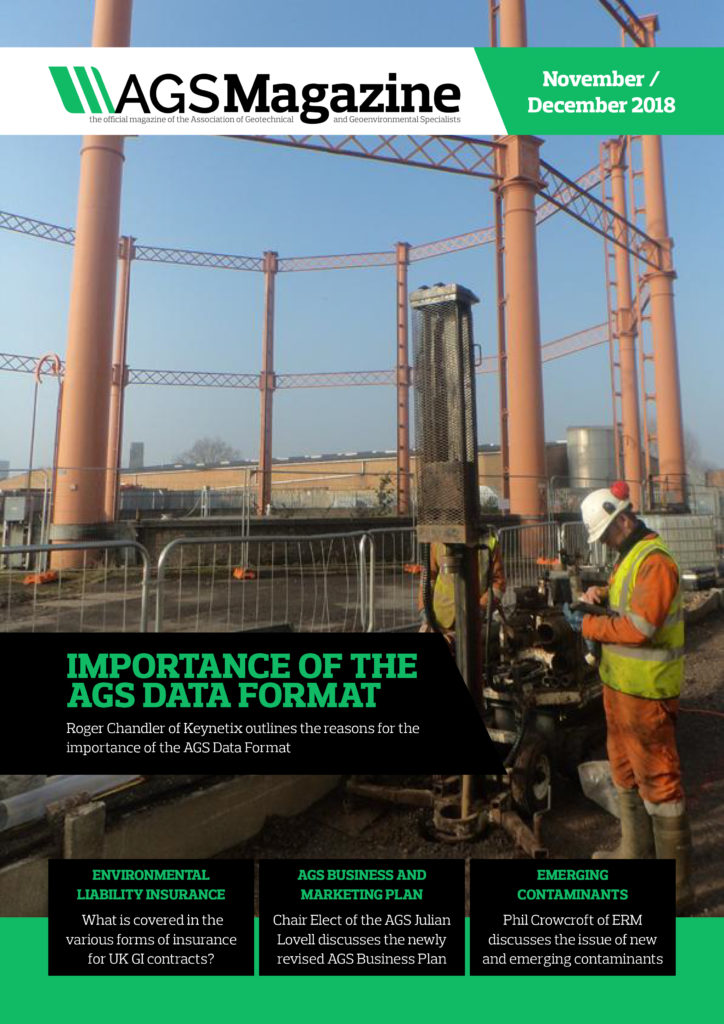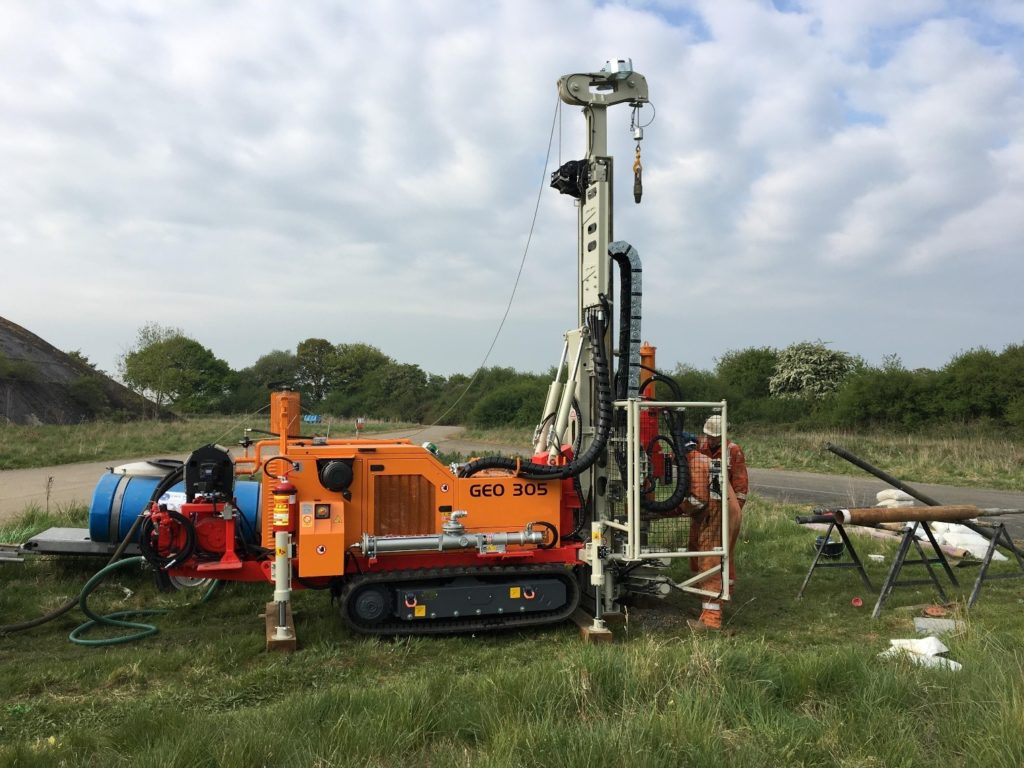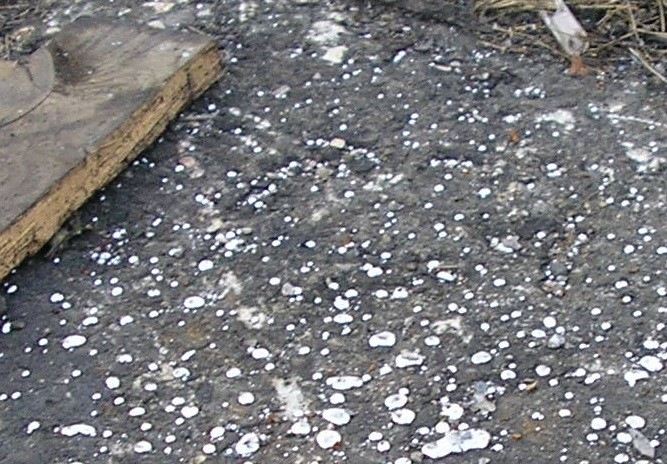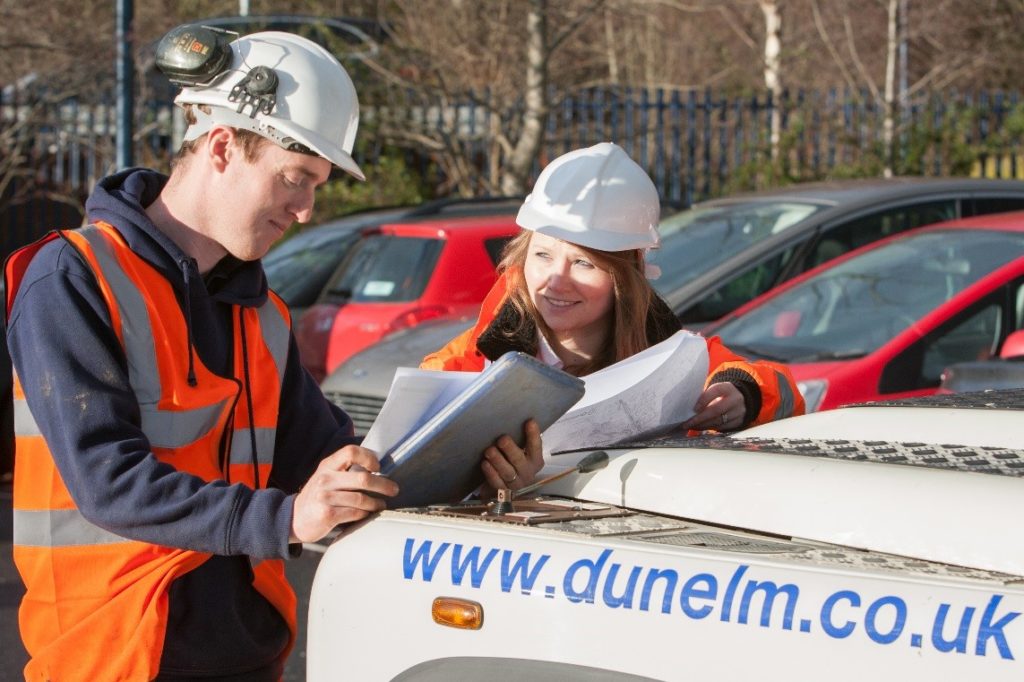The Borehole Sites and Operations (BSO) Regulations were made under the Health and Safety at Work etc Act 1974 and came into force in 1995. Although many of the requirements in the BSO Regulations are now carried out routinely, they are still legally enforceable. From discussion with various people in the geotechnical industry, and with the HSE, these regulations appear to have largely been either forgotten or overlooked. The purpose of this article is to remind AGS members of the existence of these regulations and to provide a brief summary of what they entail.
The regulations can read be as a Statutory Instrument on: https://www.legislation.gov.uk/uksi/1995/2038/contents/made and also, together with HSE guidance in “A guide to the Borehole Sites and Operations Regulations 1995”, 2nd edition published 2008. A web-friendly version of the printed version, adapted for online use, is free to download from http://www.hse.gov.uk/pubns/books/l72.htm or it can be purchased from HSE Books (£18.00), ISBN 978 0 7176 6287 6.
The BSO Regulations are mostly intended to cover borehole operations for prospecting and extraction of minerals, but they also include boreholes for geotechnical investigation under the category of “Boreholes for any other purpose”.
The regulations require notification to the HSE of borehole sites and operations where the boreholes are 30m deep or more, and within a Mining Area. The boreholes may be being drilled in the future, are being drilled, or may have been drilled and have not yet been abandoned.
A Mining Area is defined as land which lies within 1000m, measured in any direction in 3 dimensions, of any mine currently being worked, or disused, or land where a licence to mine minerals has been granted for coal, natural gas, coal bed methane, or other minerals, in natural strata. Mines include shafts for access, ventilation or pumping, underground roadways, adits, and stopes but do not include opencast mines or quarries. Boreholes used for the storage of gas in natural strata reservoirs from which oil or coal bed methane has previously been extracted are also included as mining activities.
To find out if a site is within a coal mining area, you can visit the Coal Authority website https://www.gov.uk/government/organisations/the-coal-authority. Finding reliable information about areas where other minerals were mined requires more work, by reference to a variety of sources, although records may be sparse or uncertain. Reference to the shallow and deeper geology will give clues as to where these may be. Non coal mining can include ironstone, lead/tin, gold, phosphates, halite (rock salt), limestone, oil, gas and others including use of hydraulic fracturing (‘fracking’). However, open cast mining (including quarrying) is not included.
Boreholes for extraction of landfill gas, along with offshore installations or activities carried out from such installations, are excluded from the BSO Regulations. However, an installation that is connected to land by a permanent structure is not an offshore installation and would be included.
For drilling of boreholes 30 metres or more in depth, inside a Mining Area, Regulations 6(3) and 6(5) apply. These are as follows:
• Regulation 6(3): “Where a borehole is being drilled within a mining area to a depth of 30 metres or more, the person entitled to drill the borehole, within 30 days after commencement of its drilling, shall notify the Executive the particulars specified in Part III of Schedule 1 [see below].”
• Regulation 6(5): “The operator of a borehole site or, in the case of particulars previously notified under paragraph (3), the person entitled to drill the borehole shall ensure that the Executive is notified as soon as reasonably practicable of any material change of circumstances which could affect particulars previously notified under … paragraph (3)”.
Part III of Schedule 1 states that the particulars required for a notification to the HSE under Regulation 6(3) are as follows:
1. Name and Address of the person entitled to drill the borehole.
2. Particulars with scale diagrams, where appropriate, of:
a. the OS National Grid Reference of the location of the top of the borehole.
b. its directional path; and
c. its terminal depth and location.
3. A description of the operations to be, or being, performed and a programme of works which includes the dates on which operations are expected to start and finish, or (if past) the dates they started and finished.
The BSO Regulations are in addition to the Health and Safety procedures that are commonly carried out to meet current requirements and expectations applicable to ground investigation works. They are also additional to the requirements to liaise with and inform the Coal Authority when drilling in coal mining areas. There may also be requirements to liaise with other authorities for drilling in mining areas for minerals other than coal.
Article contributed by Chris Vincett, Associate Director, Hydrock Consultants Limited

